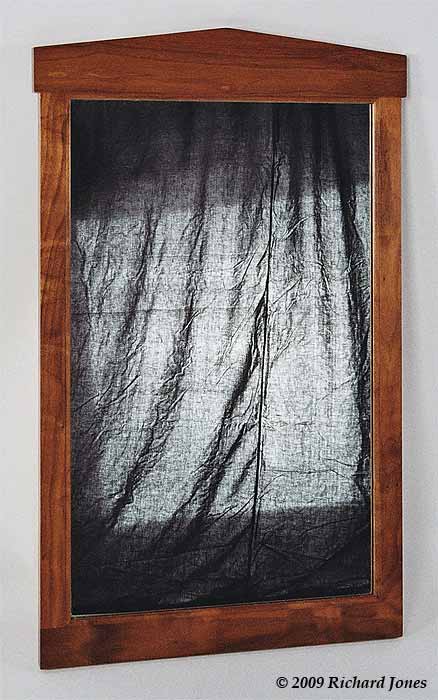thomashenry
Established Member
Have made bathroom medicine from 18mm oak, and now need to make the door. Will be a mirror door, hung inset on butt hinges. Door size will be 66x56cm. I'm wondering how thin a frame I can use for the door. I'd like to make it from as thin stock as possible - I was thinking to try making it from 20x20, with each corner being a single dovetail, rather than a wider frame with M&T joints. Of course, I'll need a rebate on the back for the mirror. Maybe this won't be strong enough?





